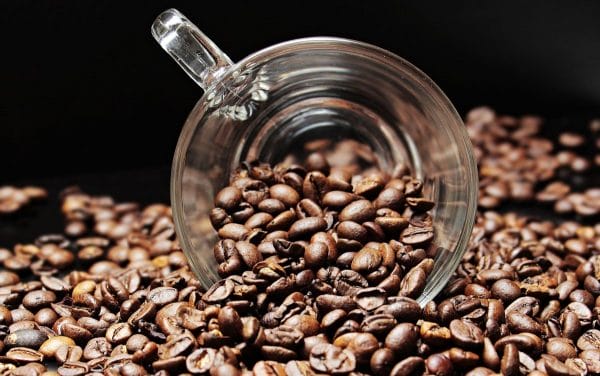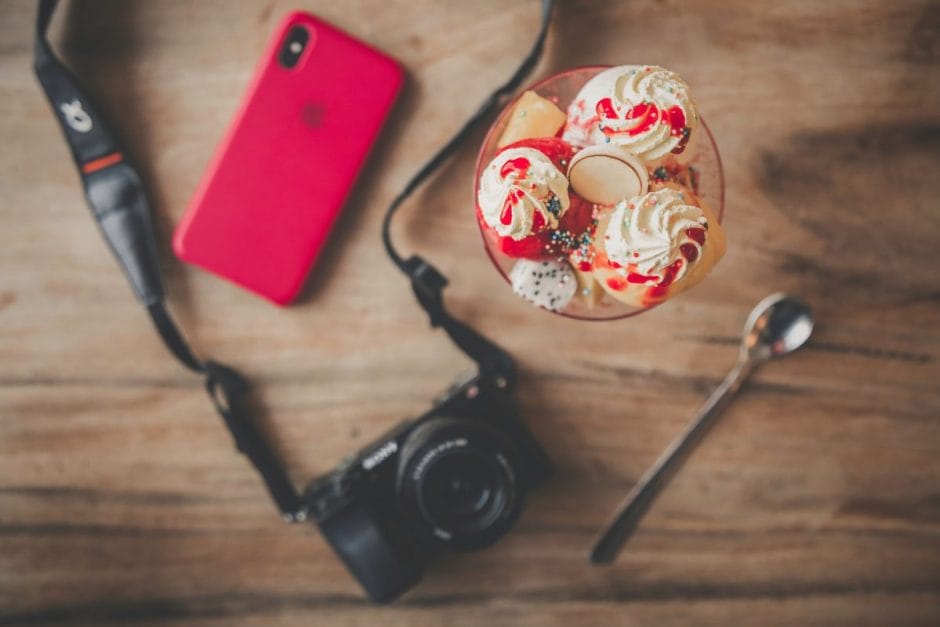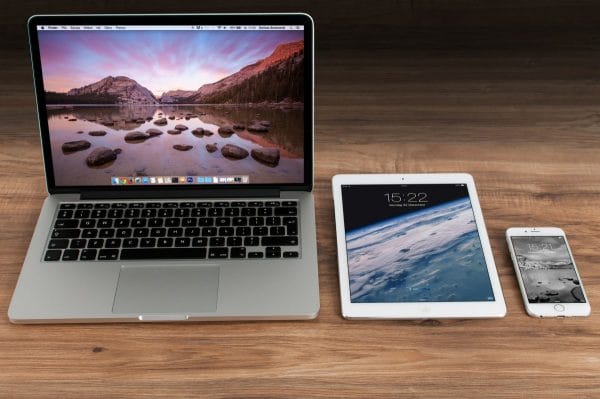Product photography is a good addition to any marketing strategy because it’ll make your presentation more appealing and engaging. Unfortunately, it can also ruin your brand’s reputation if not done properly. To avoid that, here are 7 professional product photography hacks that can help you get started.
1. Try with various angles
Narrate a beautiful story to your audience – a story about your brand and it impact on one’s life if they chose your product.
To ensure you are going to capture it all, be creative. Try to shoot the product at different angles to see what will work best. Sometimes, the unusual angle reveals the most pleasant look to your product.


2. Bloom like a flower
As a product photographer, you have to explore all photography trends and find what’s useful.
One trend that you must explore is the “flower” setting, or commonly known as the macro. This setting is good for capturing a close-up of the smallest detail of the product. This will add a dramatic effect because it will have an elegant blurry detail in the background.

3. Avoid deleting
Some people find the delete button as a friend. They always rely on it whenever they needed more digital storage space. In photography, it’s not!
Just because you don’t immediately see the beauty or perfection in a photo, doesn’t automatically mean that it’s not worthy of the space in your camera’s storage. Wait to make your decision until you transfer all the images you’ve captured on your computer. This way you can see every detail on a big screen and decide whether it’s for keeps, can be modified or not useful at all.
4. Give a sense of scale
Product photography isn’t just about telling the product’s story, but showcasing the exact size and weight of the product. That’s the reason giving a sense of scale becomes one of the most important hacks to learn in product photography.
You can achieve the right scale by adding items next to your product. Just ensure that the items you add are common or people are familiar with it. This will help your audience to easily envision the product’s actual size and weight.
5. Stay natural
When it comes to the appearance, ensure you stay true to the nature of the product. Natural not only by describing detailed information about the product’s appearance, but also try to relate it to real-life situations. You can achieve this by adding details to the background.
For example: if your product is casual clothes, take a photo of a model wearing it while sitting in a coffee shop or in a park. This way people will have an idea how it’ll look on them or where they can use it.
6. Use filters to appear more stylized
In product photography, many don’t recommend the use of filters because it’s too noticeable. People will think that the product only looks good because of the filters added to it.
The truth is you can add filters. The best way to use the filters is by adding it on the background and less on the product itself. This way you can enhance the details of the background without the risk of misrepresenting your product.
For example: if you’re marketing a wine, you can add filters on the background to make it a romantic date night under the stars.

7. Editing is important
Last, but certainly not the least, is editing. Editing is the crucial stage of the process. This is because it’s the stage where you prepare your images that will be launched on your site or social media profiles.
To ensure your images are prepared for this, edit your images and fit it to the right sizes. This is to ensure that no matter where you put your images, the quality of it won’t change and it will stay sharp.
Is your product food? Get more awesome tips on how to photograph food to look its best here.
About the Author: George Minton has been a camera enthusiast since 2008. He shares tips for photography on his personal blog Cameraseals. His content is created with the intention of helping photographers at every level. You will find helpful topics even if you’re a beginner or long-time user. You can keep up with George on Twitter @cameraseals96






No Comments